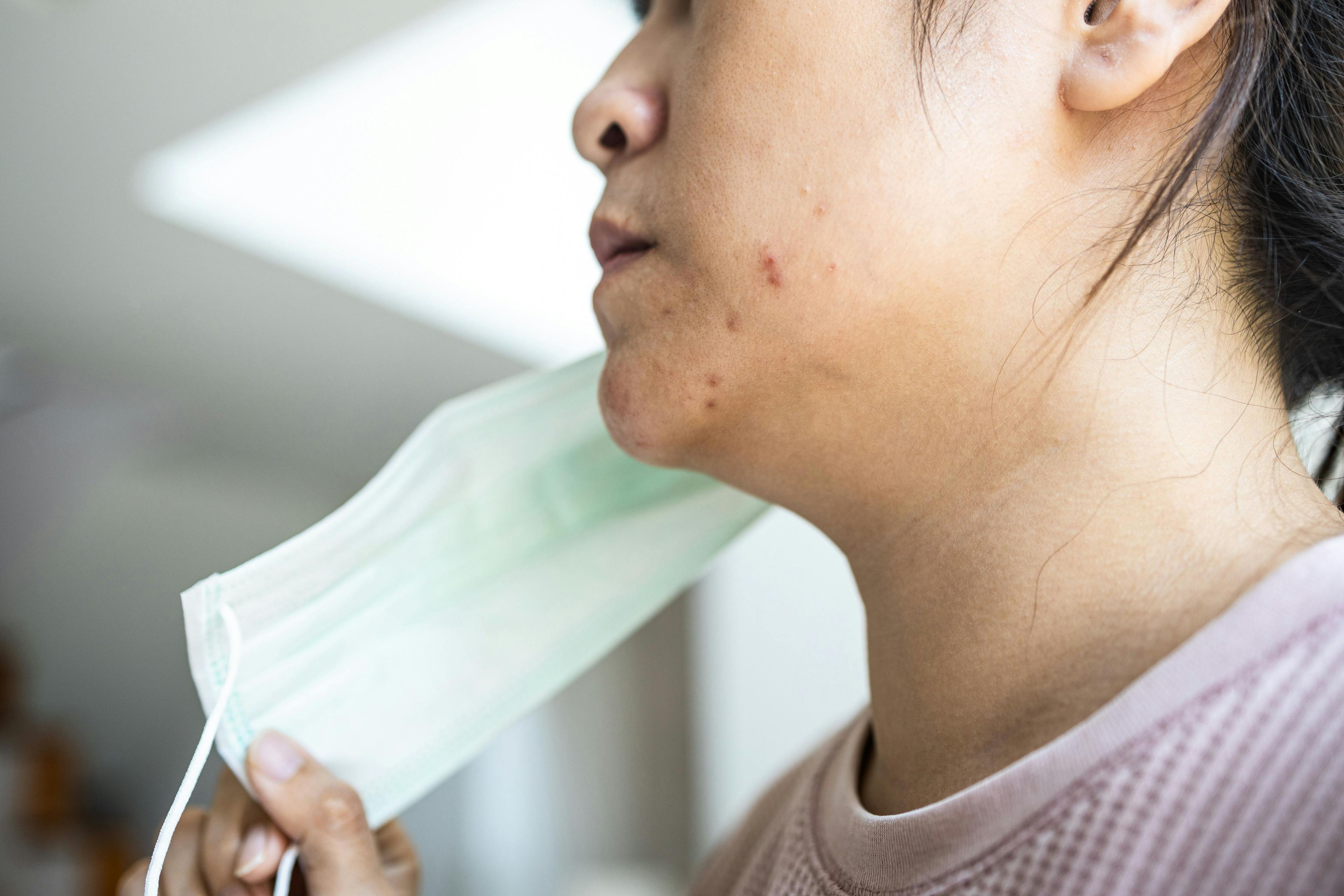- Acne
- Actinic Keratosis
- Aesthetics
- Alopecia
- Atopic Dermatitis
- Buy-and-Bill
- COVID-19
- Case-Based Roundtable
- Chronic Hand Eczema
- Chronic Spontaneous Urticaria
- Drug Watch
- Eczema
- General Dermatology
- Hidradenitis Suppurativa
- Melasma
- NP and PA
- Pediatric Dermatology
- Pigmentary Disorders
- Practice Management
- Precision Medicine and Biologics
- Prurigo Nodularis
- Psoriasis
- Psoriatic Arthritis
- Rare Disease
- Rosacea
- Skin Cancer
- Vitiligo
- Wound Care
Publication
Article
Aesthetic Authority
BBL Safety Data: 2 Years Later
Author(s):
New data suggest plastic surgeons are not only following 2017 Task Force guidelines for safer gluteal fat transfer, but the total incidence of PFE has dropped by nearly half.
In 2017, the Gluteal Fat Grafting Task Force reported a high mortality rate for gluteal fat transfer, or the Brazilian Butt Lift (BBL).1 Formed by the Aesthetic Surgery Education and Research Foundation (ASERF) and based on data collected from several sources, including The Aesthetic Society, the International Society of Aesthetic Plastic Surgery (ISAPS), and the American Association for the Accreditation of Ambulatory Surgical Facilities (AAAASF), the Task Force found the mortality rate for BBL was at least double that for abdominoplasty, the riskiest of cosmetic surgeries, and nearly 10 times that of cosmetic surgeries overall.
Key data were collected specifically from survey results from 692 members of The Aesthetic Society and ISAPS. This data not only helped to identify related morbidity and mortality rates of pulmonary fat embolisms (PFEs), but also informed recommendations to help improve BBL safety, including avoiding fat injections into the muscle, using cannulas >4 mm, and positioning the cannula angulation upward or parallel, not downward.
Two years later, authors of a follow up study have reported if and how these recommendations have affected those high mortality rates in the paper, “Improvement in Brazilian Butt Lift (BBL) Safety With the Current Recommendations from ASERF, ASAPS, and ISAPS,” published in the Aesthetic Surgery Journal.2
Study authors conducted an anonymous online survey of ASAPS and ISAPS members to find out:
- If they are aware of the recommendations from 2017
- What their current BBL approach is and whether it’s changed since 2017 guidance
- What their incidence of PFEs is today vs. 2017
According to study authors, “The online survey comprised 15 questions regarding the number of procedures performed, the number of fatal and nonfatal PFEs occurring over a surgeon’s career and over the past 1 year, the type and size of cannula used, the angulation and depth of injection, the approach and access used for fat grafting, and geographic location.”
Based on survey results, nearly all (94%) respondents knew of and were implementing the 2017 recommendations:
- Cannulas >4mm: 4.1% vs. 29.8% in 2017 (P<0.01)
- Injecting into the muscle: 0.8% vs. 13.1% in 2017 (P<0.01)
- Downward cannula angle: 4% vs. 27.2% in 2017 (P<0.01)
The total incidence of PFE dropped by nearly half, from 1 in 1031 to 1 in 2492 in 2019 (P=0.02).
While the authors admit that more data is needed to answer additional questions about instruments and technique, they say this 2-year follow up demonstrates improvements in BBL safety.
“The current survey indicates that this procedure has reached a level of acceptable safety. ASERF encourages the establishment of rigorous evidence-based research to enlighten the safety techniques and instrumentation that can make this procedure safer,” they conclude.
References:
- Mofid MM, Teitelbaum S, Suissa D, et al. Report on Mortality from Gluteal Fat Grafting: Recommendations from the ASERF Task Force. Aesthet Surg J. 2017;37(7):796-806.
- Rios L, Gupta V. Improvement in Brazilian Butt Lift (BBL) Safety With the Current Recommendations from ASERF, ASAPS, and ISAPS. Aesthet Surg J. 2020;40(8):864-870.

Newsletter
Like what you’re reading? Subscribe to Dermatology Times for weekly updates on therapies, innovations, and real-world practice tips.





























